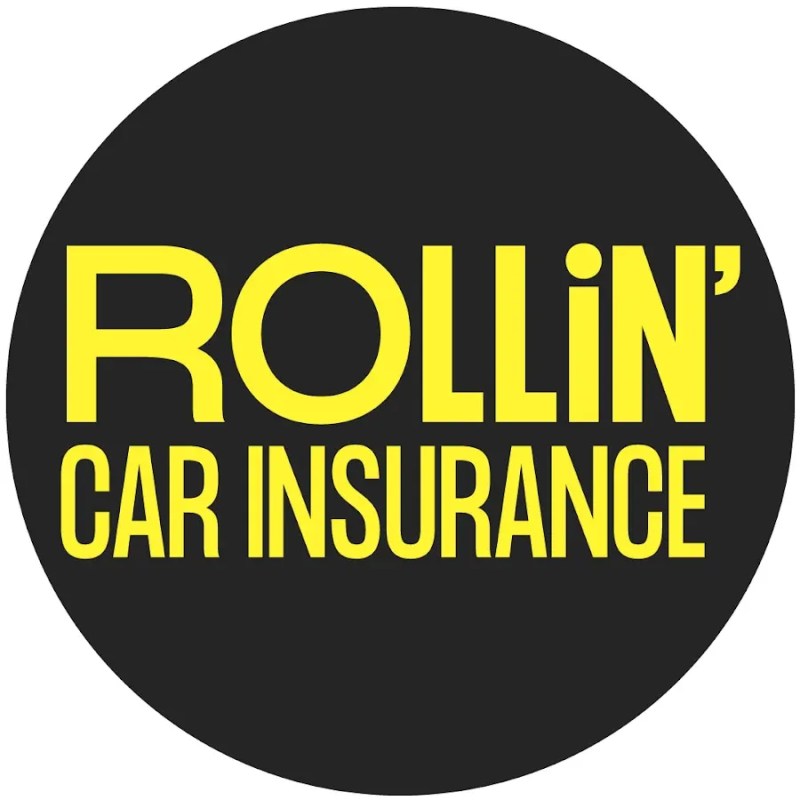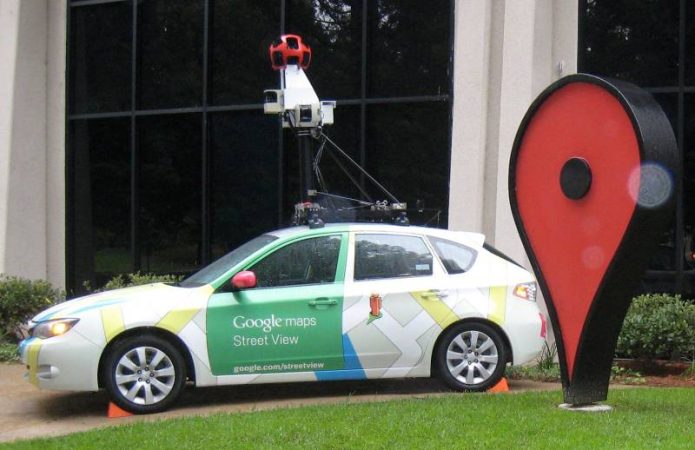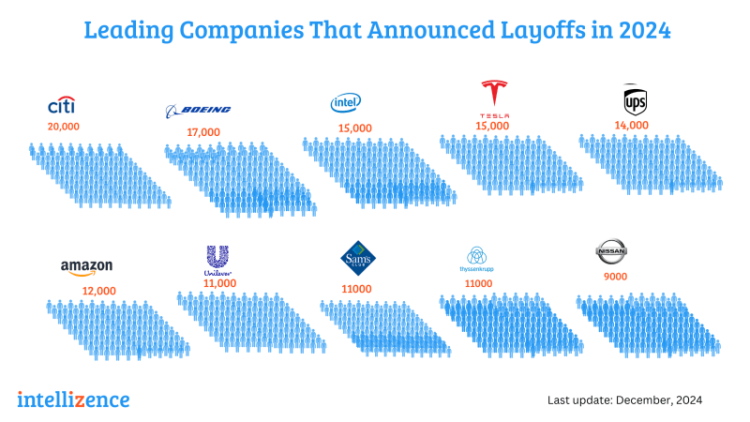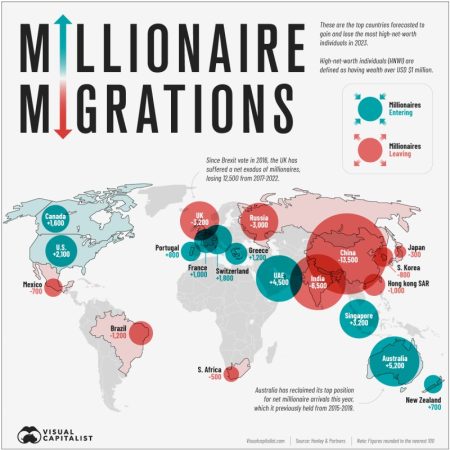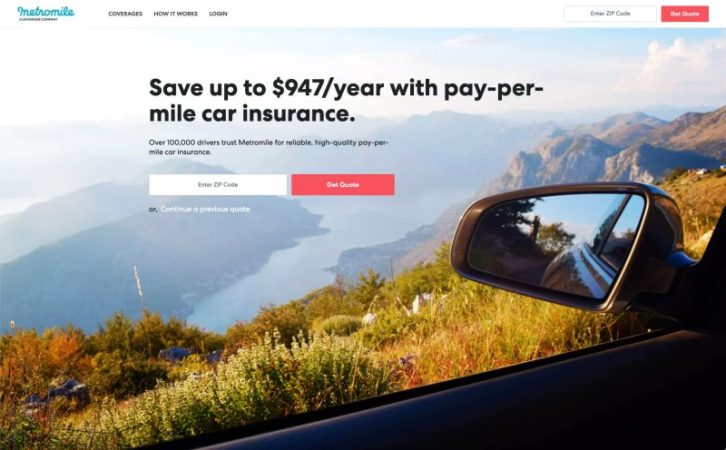
Car Insurance Fronting Australia – Buying car insurance can be expensive, especially for young drivers. If you’re under 25, you may be looking for options to save money, and one option to consider is joining your parents’ car insurance. While it can reduce costs, it’s important to understand how auto insurance works, who qualifies as a primary driver, and the risks of hiring a driver inappropriately.
Yes, it can be added to your parents’ car insurance. But your use of the car and your age can greatly influence the price you can pay.
Car Insurance Fronting Australia

Car insurance policies are usually based on the primary driver of the car (the person who drives the car most of the time). If your parents are the policy holders and you are the primary driver of the car, this could be considered insurance fraud. This can not only lead to denial of your claim but also legal penalties. If you are the first driver of the car, it may be worth comparing your own insurance policies.
Avoid Insurance Fraud: The Dangers Of Fronting
Young drivers in Australia often face higher car insurance premiums due to the increased risks associated with this age group. Insurance companies believe that drivers under 25 are more likely to be involved in accidents, leading to higher premiums. You may be tempted to join your parents’ car insurance to save money, but there are a few things to keep in mind:
If you are under 25 and you are added to your parents’ car insurance, the premiums may increase. It’s good to know this before you start looking for quotes to avoid surprises.
It is recommended to identify drivers as often as possible. If you are the original driver but your age is listed, this could be considered “front facing”, i.e. insurance fraud. In the future, your claim may be denied, or the insurance company may declare your policy invalid.
Individual car insurance usually covers one car but can cover multiple cars. However, some insurers offer multiple vehicles, allowing you to combine multiple policies into multiple vehicles.
Rejimon Mattathil On Linkedin: Fronting In Insurance “fronting” In Insurance Refers To A Practice Where…
This type of policy allows auto insurance in your parents’ name to cover your vehicle as well. In the case of single parent auto insurance, some auto policies allow children’s auto coverage even if they don’t live at home.
Some lenders limit the number of vehicles allowed by most vehicle laws, but this is also the case with most cars, the greater the discount. Multi-car insurance can be a way to use your parents’ good history to help you save money on payments, especially if you’re under 25. One of the disadvantages of using a multi-car insurance policy is that you don’t. build your credibility or lack of claim reduction with insurance companies.
Families in Australia usually have three or four cars, which means they all need car insurance. Your parents and other family members may have auto insurance policies to add for additional drivers. This position could be one of the most suitable options for any driver under 25 years of age due to the increased pay for such drivers. However, once you turn 26, it’s a good idea to reconsider whether living with your parents is the best choice.

By age 26, drivers often begin to see a decrease in their auto insurance coverage because insurance companies consider them a lower risk compared to younger drivers. By getting an individual policy, you can also start to build up no-claims bonuses and loyalty discounts, which can help lower your costs in the future.
Understanding The Importance Of Insurance
Nevertheless, there may be reasons for you to continue being an additional driver on your parent’s car insurance. For example, you may not have a large car, and it doesn’t make financial sense to have your own policy. Your lack of experience may also mean you are paid a higher premium.
If you decide to remain an additional driver, be careful to avoid “front” auto insurance, or previously driving a car insured in your parent’s name. If you do, your insurance may deny any claim you file, and you risk criminal penalties in some states.
You can certainly add your parents as additional drivers on your car insurance, especially if they always drive your car. Since you are the driver and first-time owner, the policy price is based on your information, driving experience and history.
However, because these policies are based on your history, you may not benefit from adding your parents, who have more driving experience, to your policy. You can pay an additional fee to add them as a driver.
Named Driver Car Insurance
Additionally, if your parents are considered elderly, you may have to pay senior citizen benefits when you file a claim. This means spending more money for every accident your parents experience. Consider purchasing joint auto insurance if your parent also wants to be the primary driver on the policy, even if it means paying more for the policy.
Even if the car is registered in your name, you may want to purchase a policy that covers other drivers who may be safe. Some insurance companies may cover anyone driving your car, whether they are listed on the insurance policy or not. However, others may require you to select each vehicle that will drive your vehicle. You can check the insurance company’s Product Information Sheet (PDS) for specifics, or you can ask the insurer about it.
In general, adding a family member to your auto insurance can provide benefits, but it’s important to review the details of your insurance policy carefully. Make sure the configuration suits your needs, and make sure the policies are set correctly to avoid any problems that may arise.

Does your insurance cover other cars you drive? Why it’s important to check what’s covered before picking up a friend’s car or rental car Read more
Parents And Learner Drivers Face A Reckoning On Car Insurance
This article was reviewed by Mark Bristow before publication as part of the Fact Checking process.
Alex Ritchie is Personal Finance Correspondent and Editor at , and has been writing about Australian finance for over six years. Her expertise and interests focus on loans, credit, superannuation and closing the gender pay gap, and aims to help young Australians overcome their financial problems. Additionally, Alex has been published in many publications, including Australian Money Magazine, Business Insider, Lifehacker Australia, and health via NPS MedicineWise.
Car insurance 10/24/24 . 4 minute read Different types of car insurance available in Australia There are many types of car insurance available in Australia, offering different levels of insurance to suit drivers in different circumstances. Before you take your friends to Maccas, make sure you’re fully covered, from parking to theft, with car insurance for P-platers.
All drivers in Australia require at least mandatory third party insurance (CTP). As a P-plater, you can be the registered driver on your parents’ license if you regularly drive the family car.
Family Offices, Captives, Trusts And Bermuda
P-platers do not need their own car insurance if they drive their parents’ car. In fact, they can often fit into their parents’ rules as a hired driver.
However, the policy can be more expensive, especially if they are a young driver, under 25 years old. This is because young drivers are more dangerous than road statistics suggest, which insurance companies factor into their costs.
P-platers must have minimum CTP insurance – a legal requirement in all Australian states and territories. It’s also often the best car insurance option, and is often cheaper than third-party property insurance and comprehensive car insurance because of it.

CTP financially insures drivers if they cause bodily injury or death to others – pedestrians, passengers, other drivers, and motorbikes.
Agenda Of Elected Members’ Briefing Session
This type of insurance pays for the full medical care and treatment, damages and financial losses they experience, so you don’t have to pay the costs again.
However, it does not cover damage to someone else’s vehicle if you are at fault in an accident. There is another property for this.
Third party vehicle insurance (TPP) can cover the costs of repairing damage to other vehicles involved in an accident. Remember, the amount your TPP insurance can pay can vary and may not cover the entire amount you are responsible for.
However, damage to your own vehicle if you are at fault in an accident is not covered by this type of car insurance. For this, you want to look at comprehensive car insurance.
Your Complete Guide To Car Insurance
Comprehensive car insurance is the highest level of protection you can get. Your car is covered for a wide range of accidents, regardless of who is at fault, which may include:
Compare some of the latest car insurance deals on the market, so if you’re thinking about getting broader cover, use our tool compare car insurance.
P-plater car insurance, if you are under 25, is usually more expensive because the insurance company takes into account the amount of driving experience you have.

